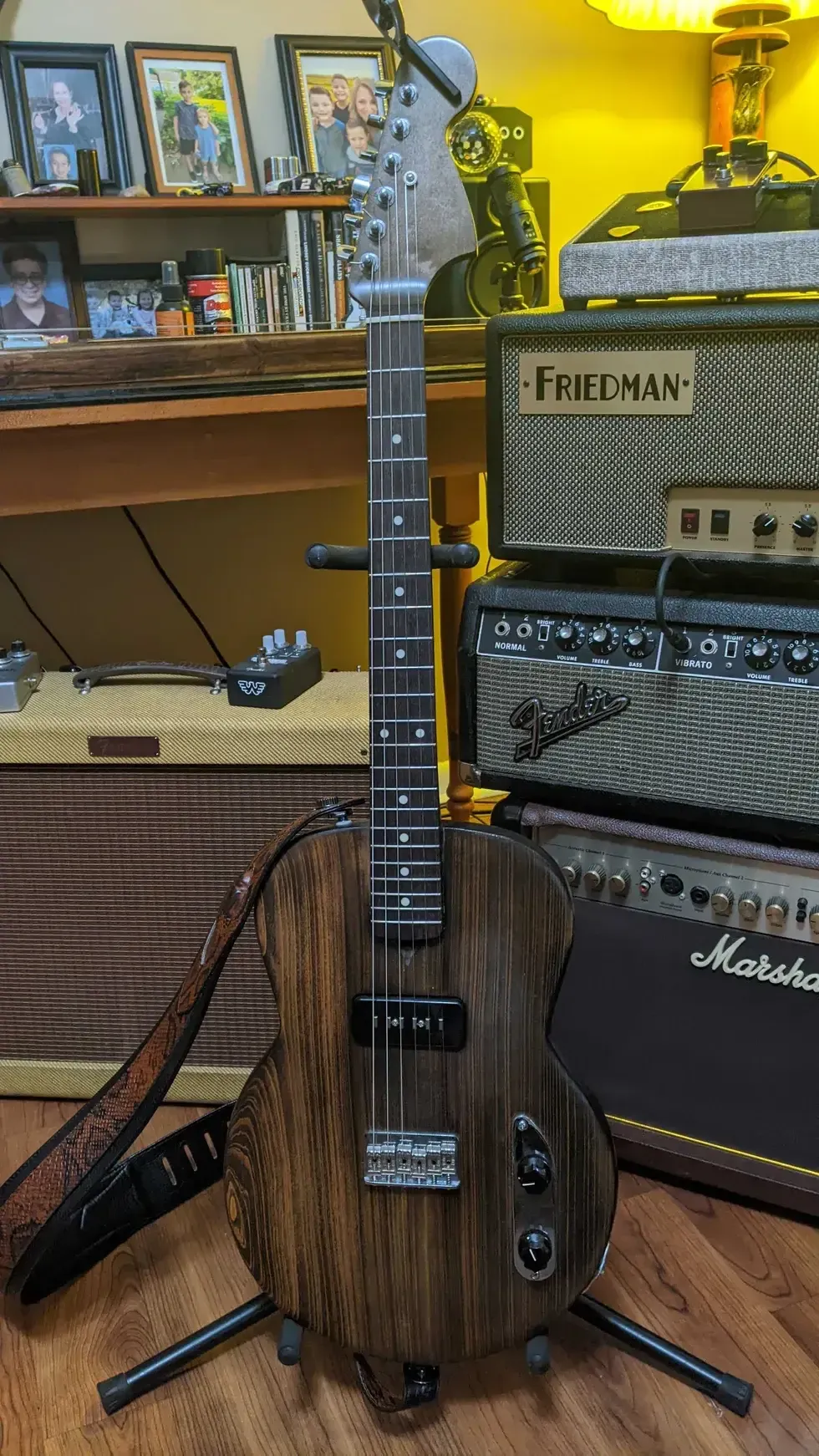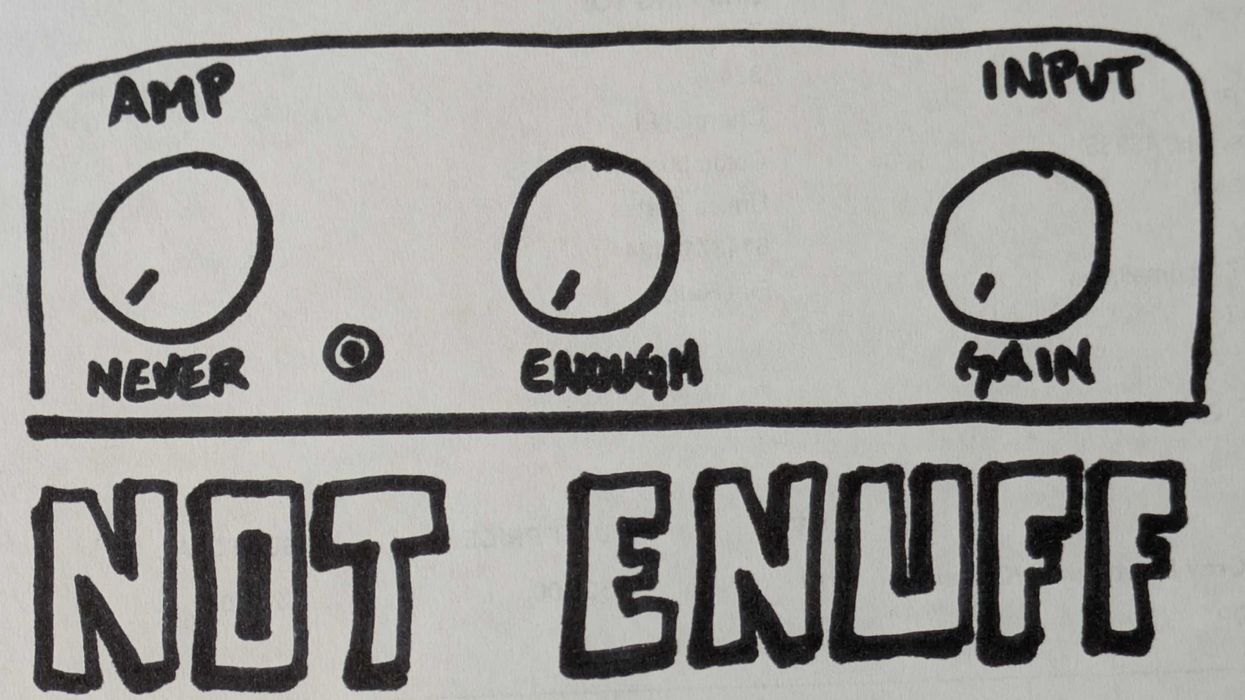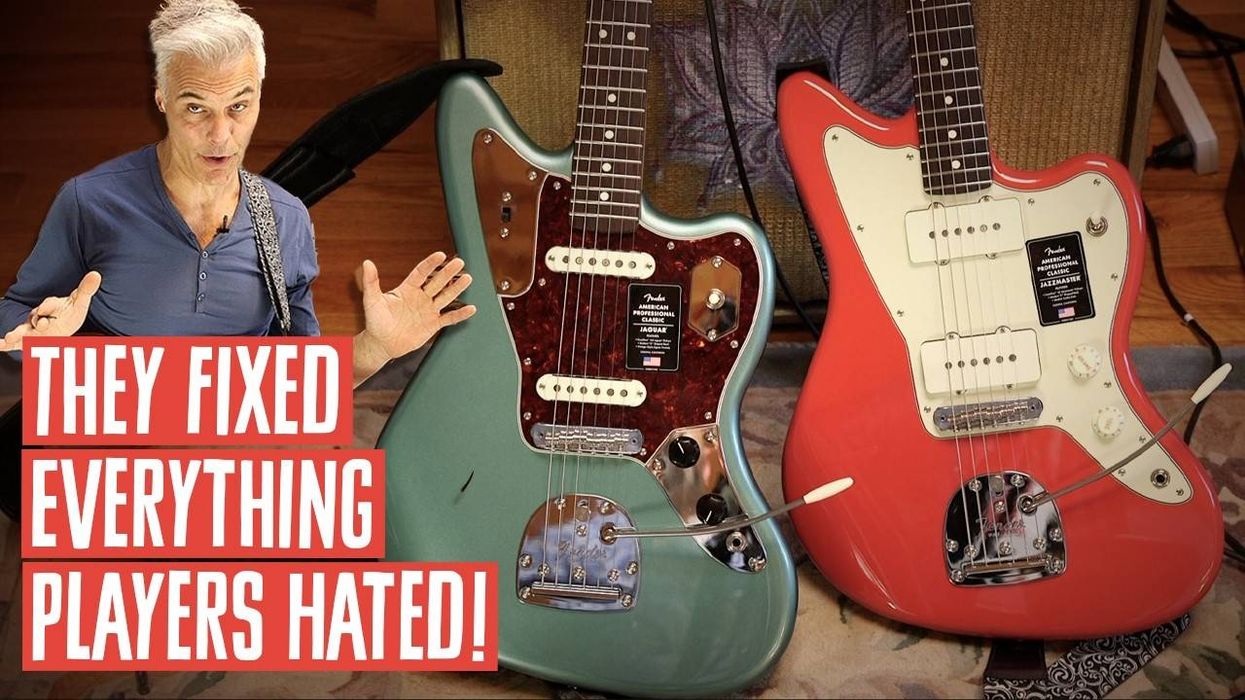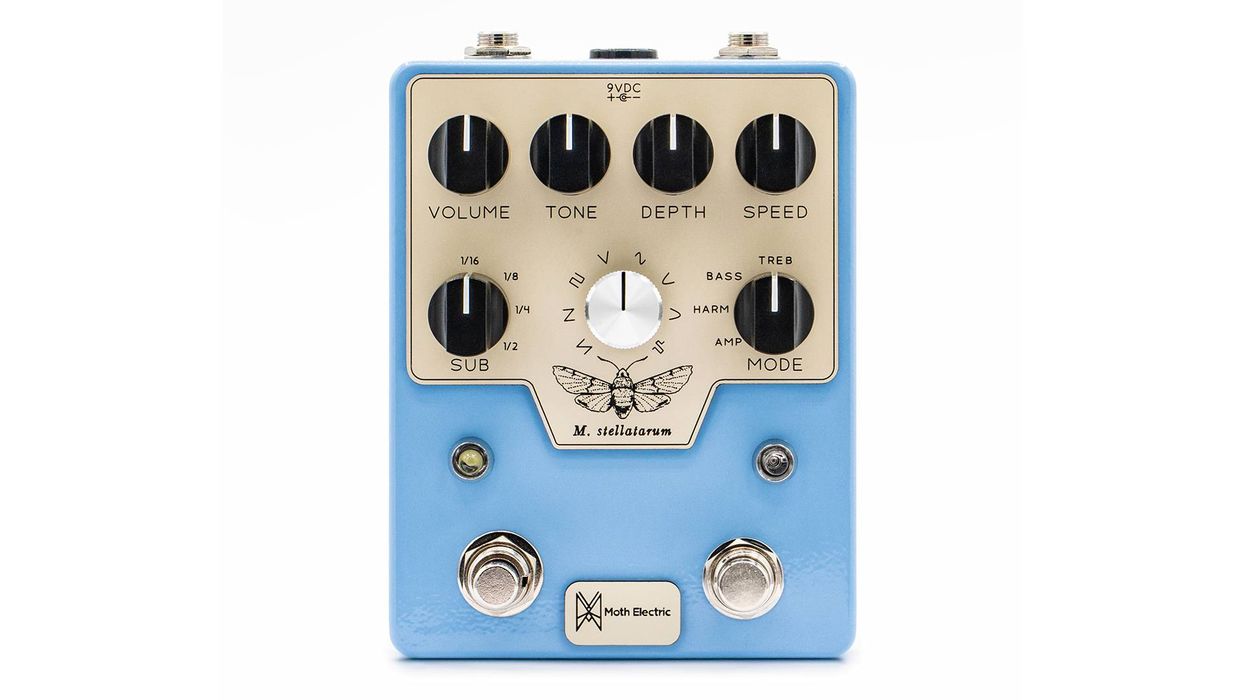Mystery Stocking is here! Buy yours below.
About Mystery Stocking
Each year, Premier Guitar puts out these mystery boxes as a part of bringing some fun to the holiday season. Each box contains guitar goodies ranging from picks, strings, and straps to pedals, guitars, and amps! Remember, this is supposed to be a fun holiday treat! If the contents of this box will ruin your holiday, deplete the last of your bank account, or end your ability to see the good in humanity, it may not be for you.
- This year's Mystery Stocking will cost $44.95. ($39.95 + $5 Flat shipping)
- Each box will be guaranteed to contain $40 or more MSRP.
- US only. (Sorry World.)
- Make sure your shipping address is correct.
- Have your credit card ready to go before you refresh the page. Paypal is not available. Autofill may not fill in your information.
- There will be NO REFUNDS given.
- There has been a huge demand for these in the past. When they are gone, they are gone.
- One per household, one per person.
Your Stocking could include:



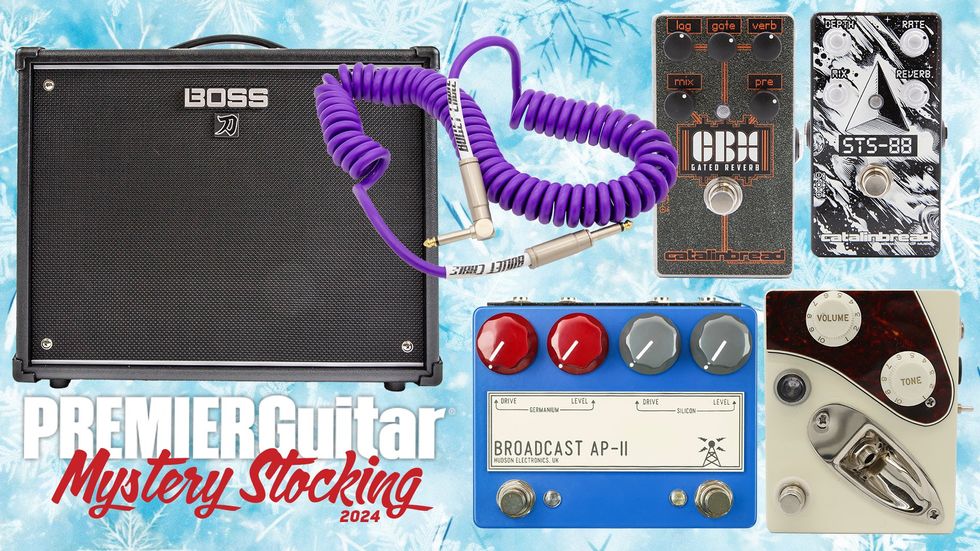

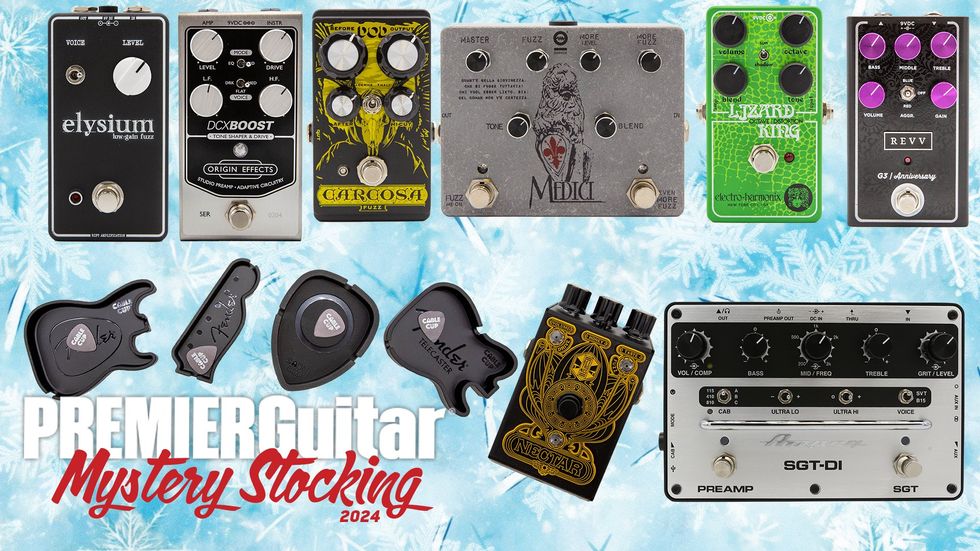


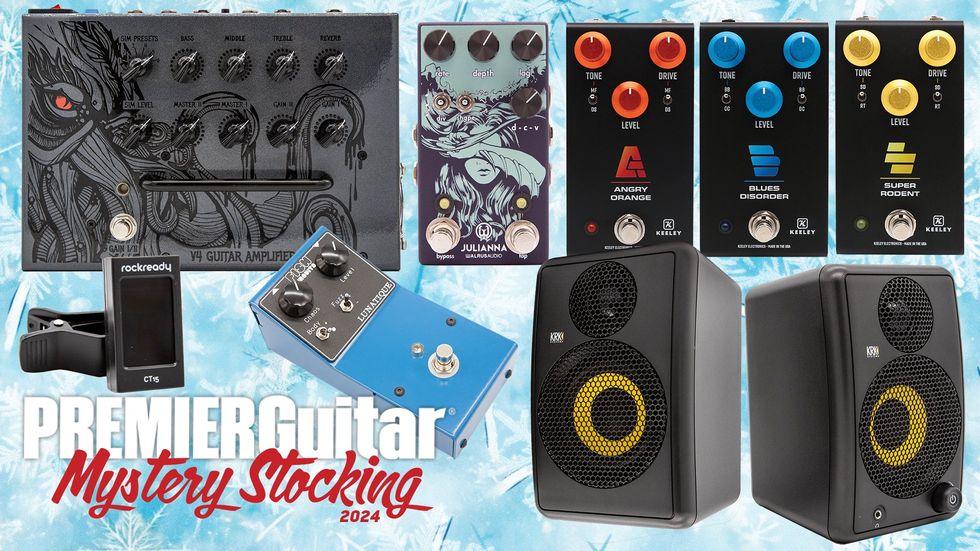

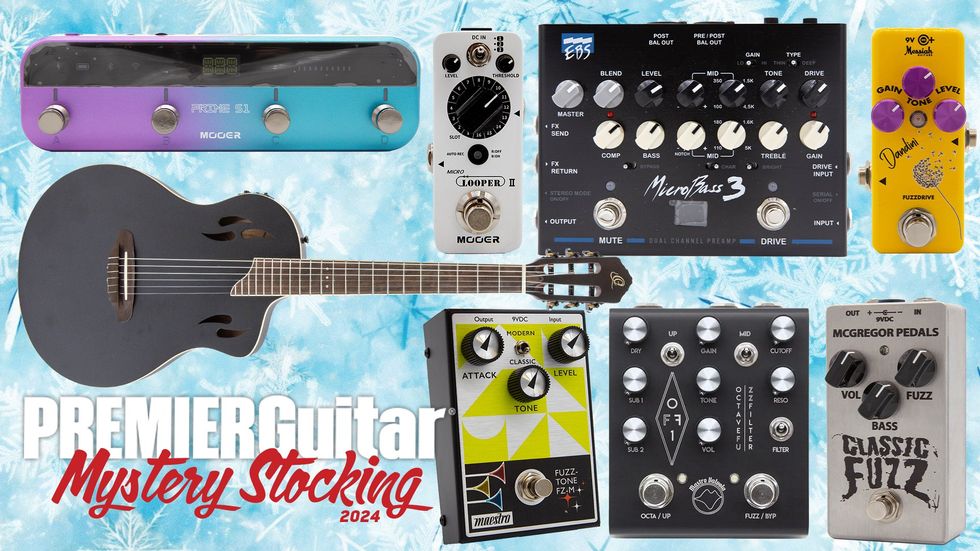


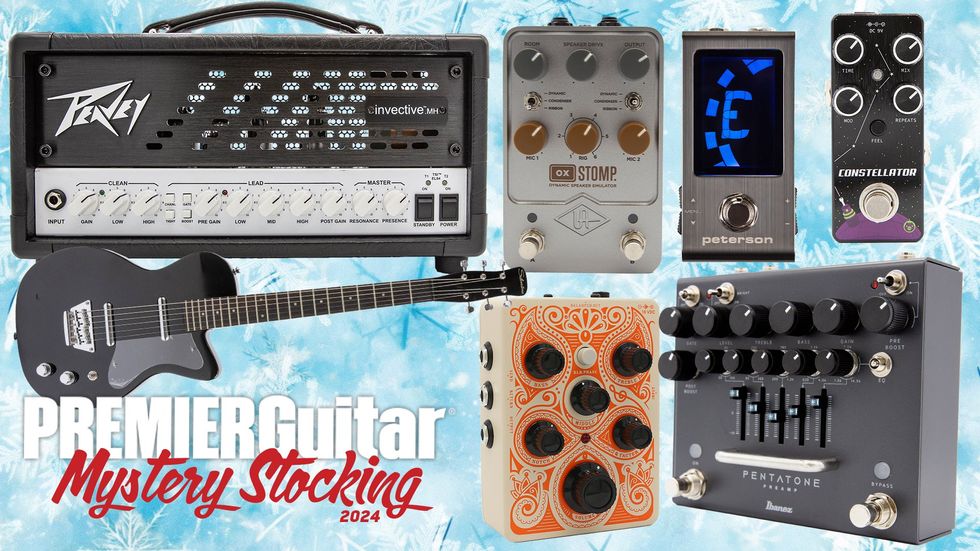



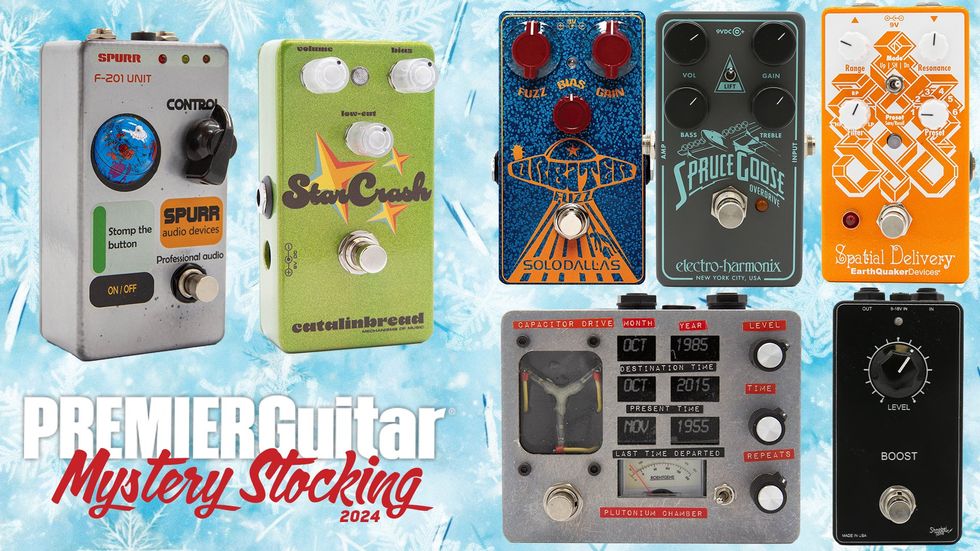
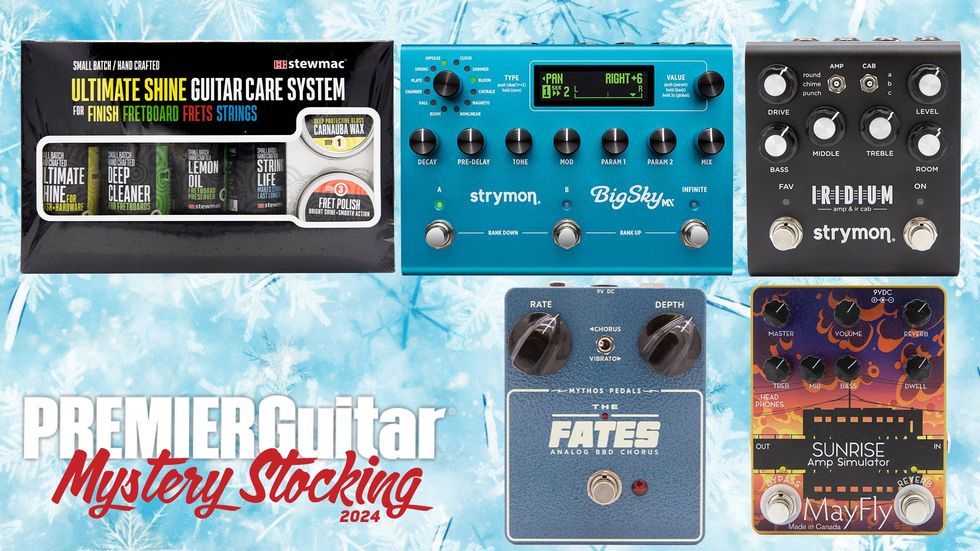
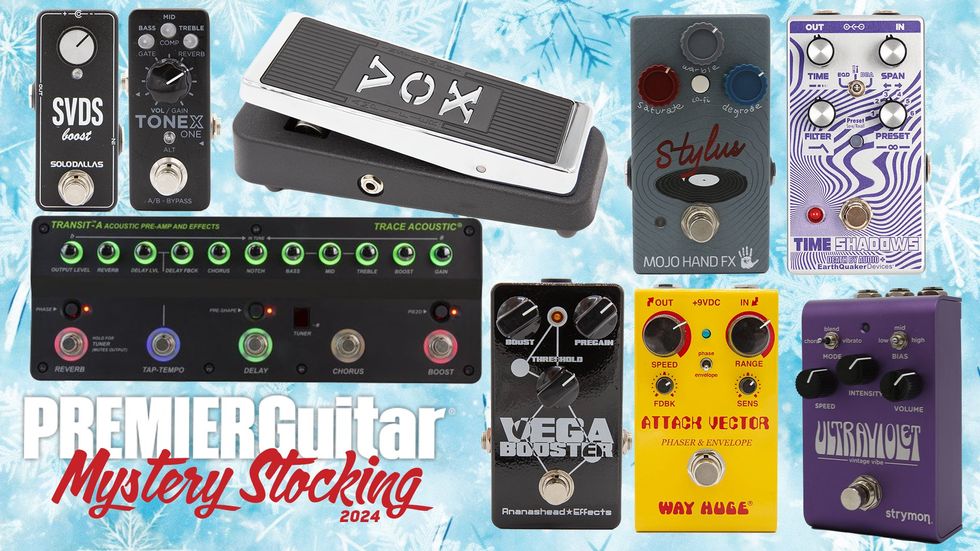


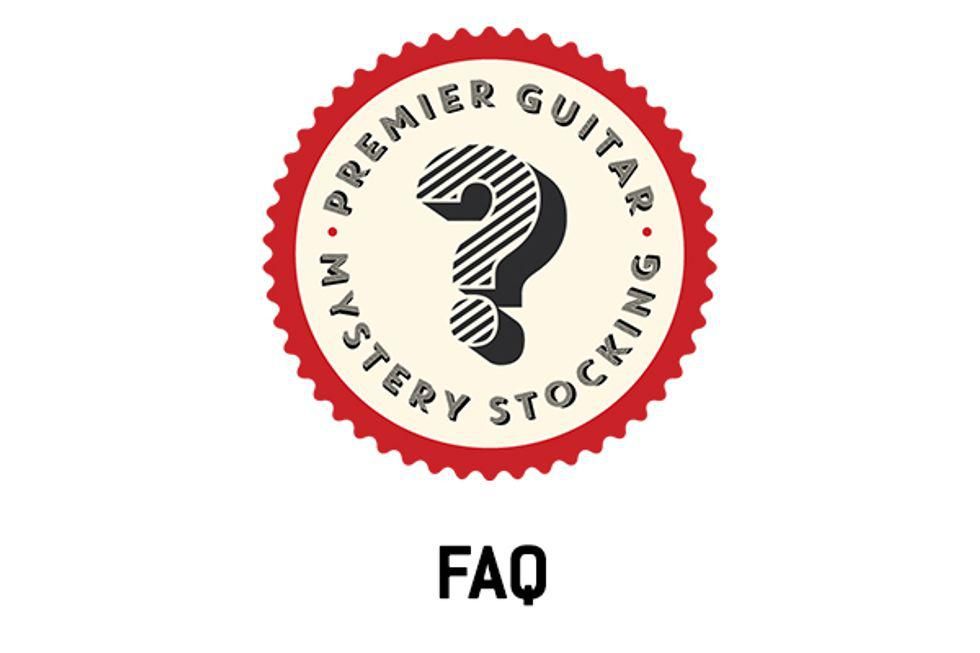
Q: What's in the Mystery Stocking?
A: It wouldn't be much of a surprise if we told you, now would it?
Q: Will I definitely get my money worth?
A: Yep.
Q: Can I return it if I don't like it?
A: Nope. All sales final.
Q: What if I live outside the US?
A: Sorry, US only.
Q. How much is it?
A. $39.95 Plus $5 shipping
Q. When will it ship?
A. On or before December 5, 2024.
Q. What form of payment do you accept?
A. Credit cards only. Sorry, no Paypal for this.
Q. Can I ship to a different location than my billing address?
A. Yes
Q. I tried last year and didn't get one. Will I get one this year?
A. There is an overwhelming demand for Mystery Stocking. Be sure you have a fast internet connection and be ready when they go on sale.
Q. I want to buy 5. How can I buy 5?
A. You can't. This year, we're limiting to one per household, one per person, so more people can get in on the fun!

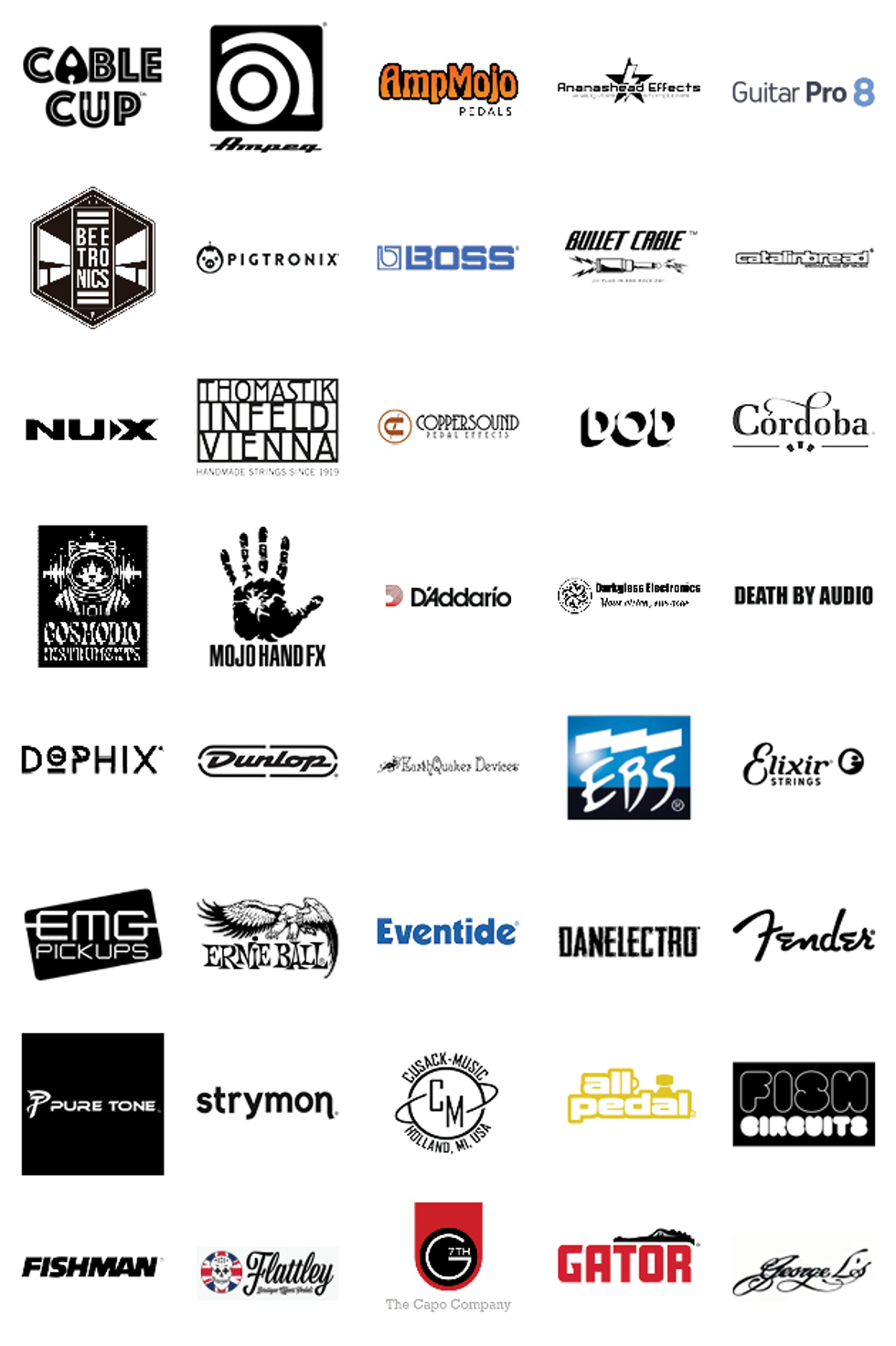
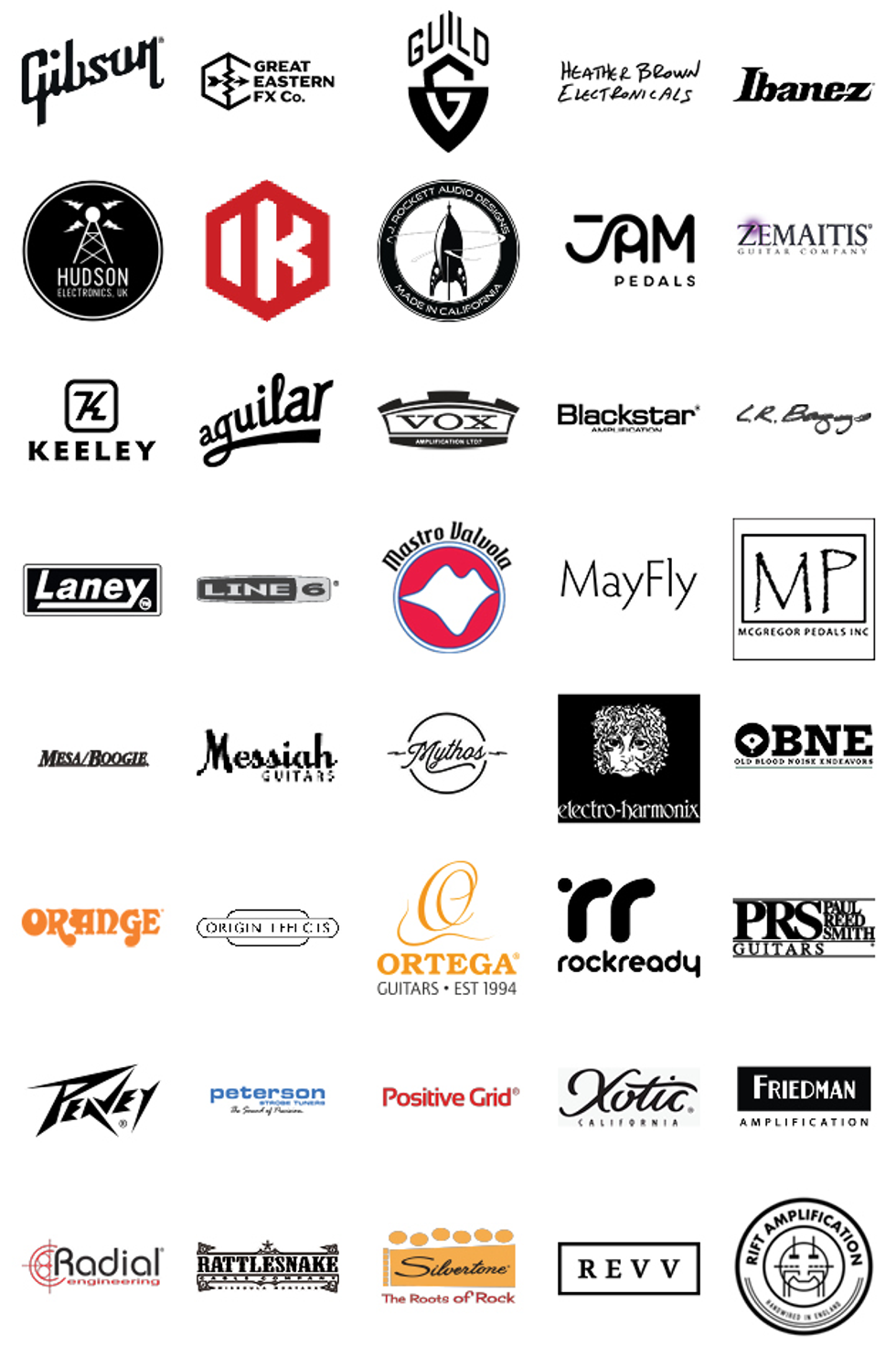
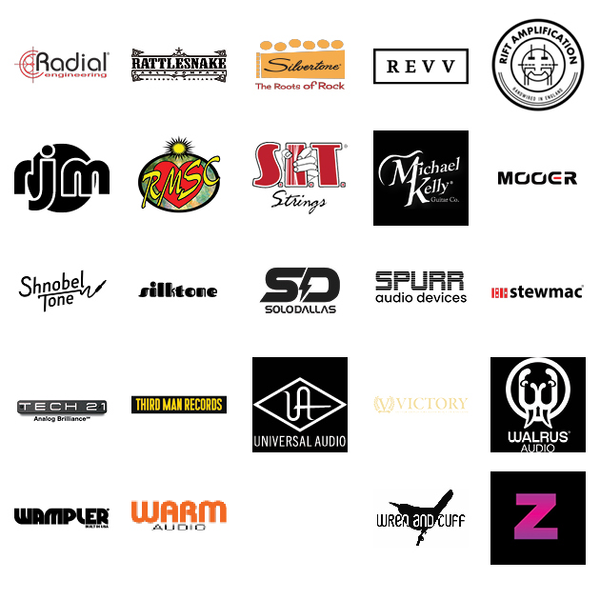



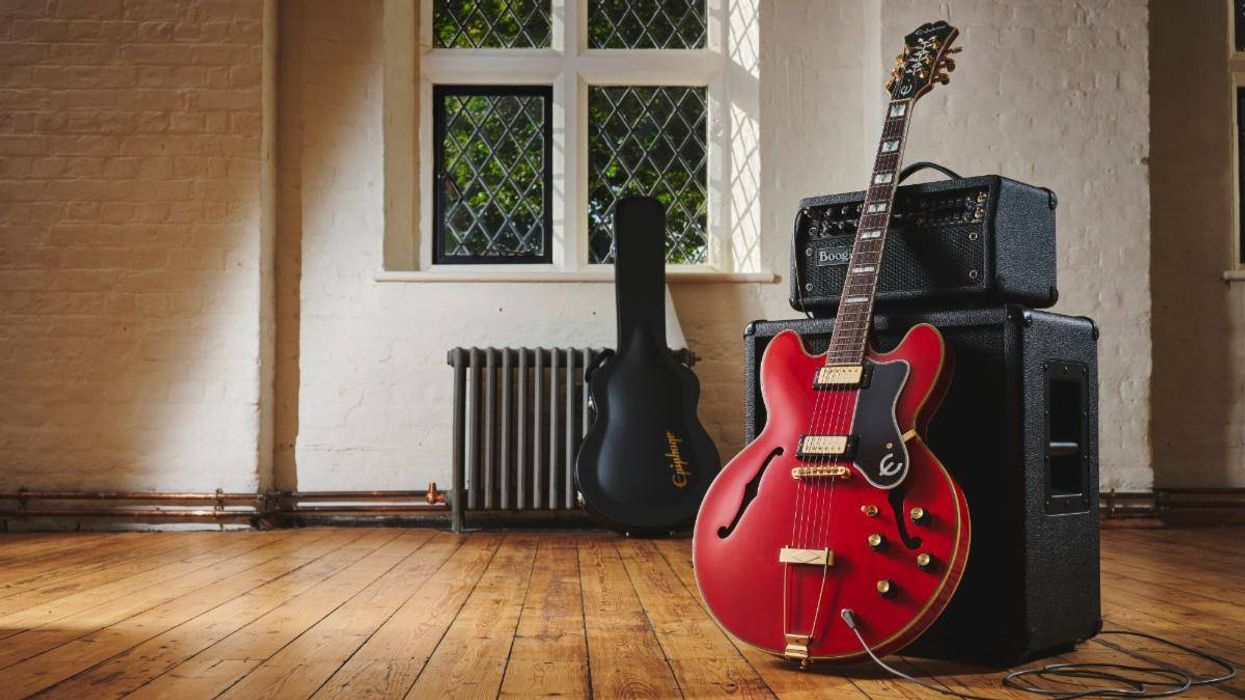
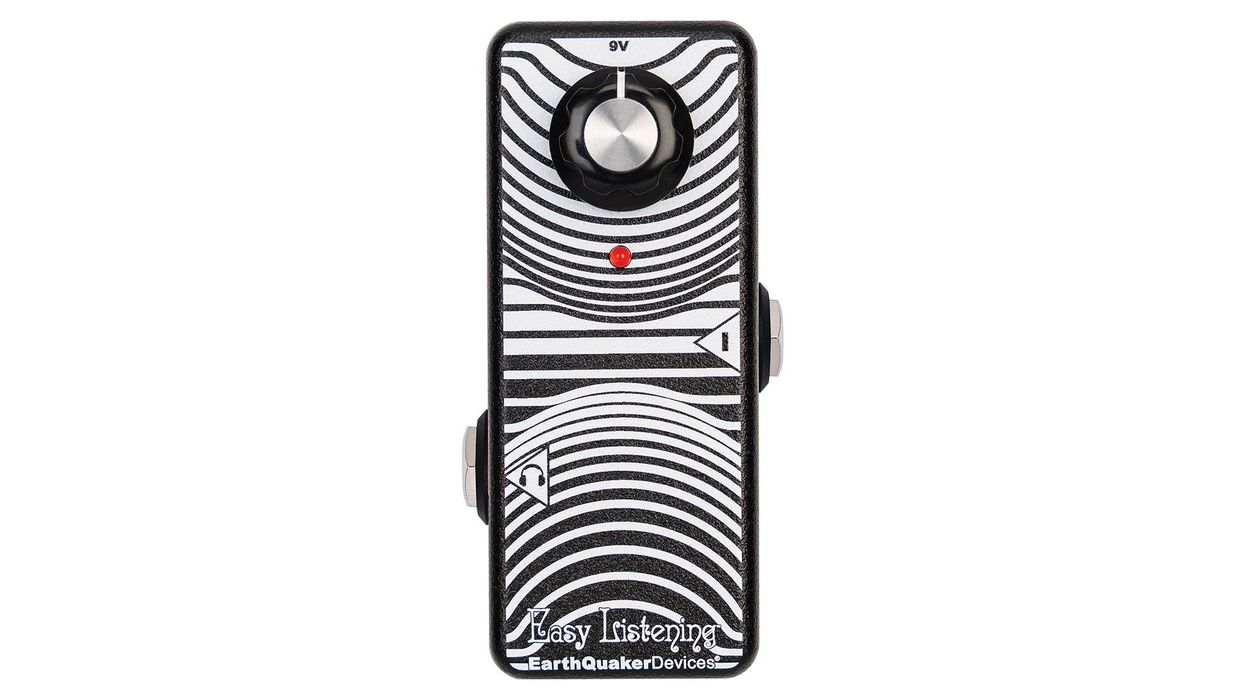
![Devon Eisenbarger [Katy Perry] Rig Rundown](https://www.premierguitar.com/media-library/youtube.jpg?id=61774583&width=1245&height=700&quality=70&coordinates=0%2C0%2C0%2C0)






